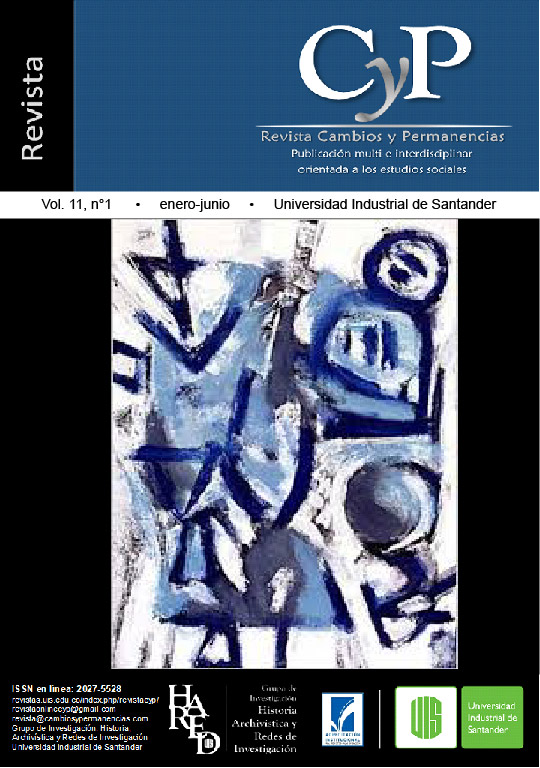Published 2020-06-30
Keywords
- popular education,
- civil war,
- oral history,
- relational dynamics
How to Cite
Abstract
Popular education in Latin America took on a new meaning for the second half of the 20th century. In El Salvador, it developed during the civil war, because, in the midst of an economic, political, and social crisis, the attempts of rural communities to implement literacy training and basic education projects were not stopped, and continued with the support of social and political-military organizations.
This paper will analyse the origin and development of the popular schools in the municipality of Arcatao, department of Chalatenango, during the civil war (1980-1992). From oral history, the educational trajectories of the students and the experience of the teachers of the popular schools will be recreated, as well as the participation of the Catholic Church and international organizations.
The research is divided into three main areas: first, the stages of the civil war during which popular education was developed will be described, and then a study will be made of how popular schools operated, highlighting their organization, teaching methodology, educational levels, resources and financing. Finally, we will identify the relational dynamics surrounding popular schools.
Downloads
References
MUPI (1987). Conflicto Armado Salvadoreño, Solidaridad Internacional, Seminario-Taller de Educación Popular para maestros populares.
MUPI. (1983). Conflicto Armado Salvadoreño, Solidaridad Internacional, “Chinchilla Buenaventura”. Cartilla de alfabetización utilizada en Arcatao, Chalatenango.
Proyecto de Museo en Centro de Formación “Mártires del Sumpul”. (1986). Resolución de la Ciudad de Madison de establecer una relación de hermanamiento con la ciudad de Arcatao, El Salvador.
Proyecto de Museo en Centro de Formación “Mártires del Sumpul”. (1989-1992). “Progresemos juntos con la Cuma y el lápiz”. Método de lecto-escritura elaborado en Arcatao.
Bibliografía
Alvear Galindo, V. (2002). La educación popular en Morazán, El Salvador, durante la guerra civil de 1981 a 1992: ¿parte de una estrategia de supervivencia? (Tesis de Doctorado). Freien Universität, Berlin, Alemania.
Cruz, M. del C. (2003). La educación popular en El Salvador: diseño, desarrollo y evaluación de una innovación educativa. (Tesis doctoral). UNED.
Cruz, M. del. C. (1983). La educación y la guerra en El Salvador. Nueva Antropología, 6(21), 83-94.
Cruz, M. del. C. (2004). Orígenes de la educación popular en Chalatenango: una innovación educativa (Parte I). Estudios Centroamericanos (ECA), 897-925.
Guzmán, J. L. (1994). Las escuelas populares de Chalatenango. Un aporte para el desarrollo de la educación en las zonas rurales de El Salvador. San Salvador: UCA.

